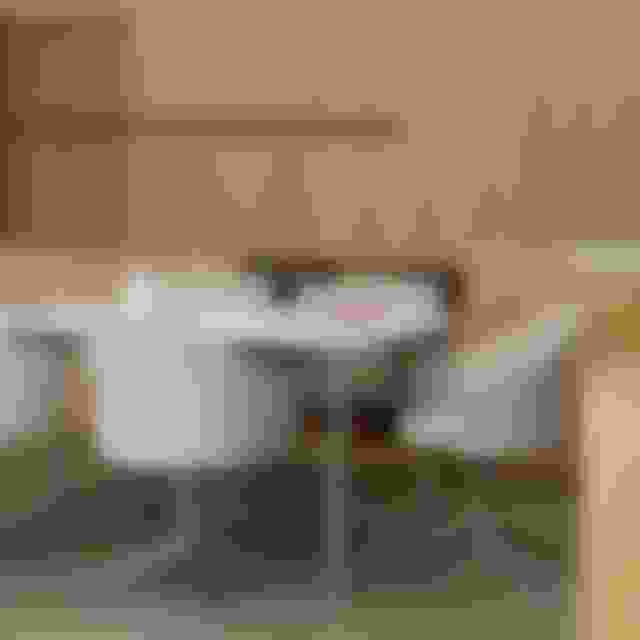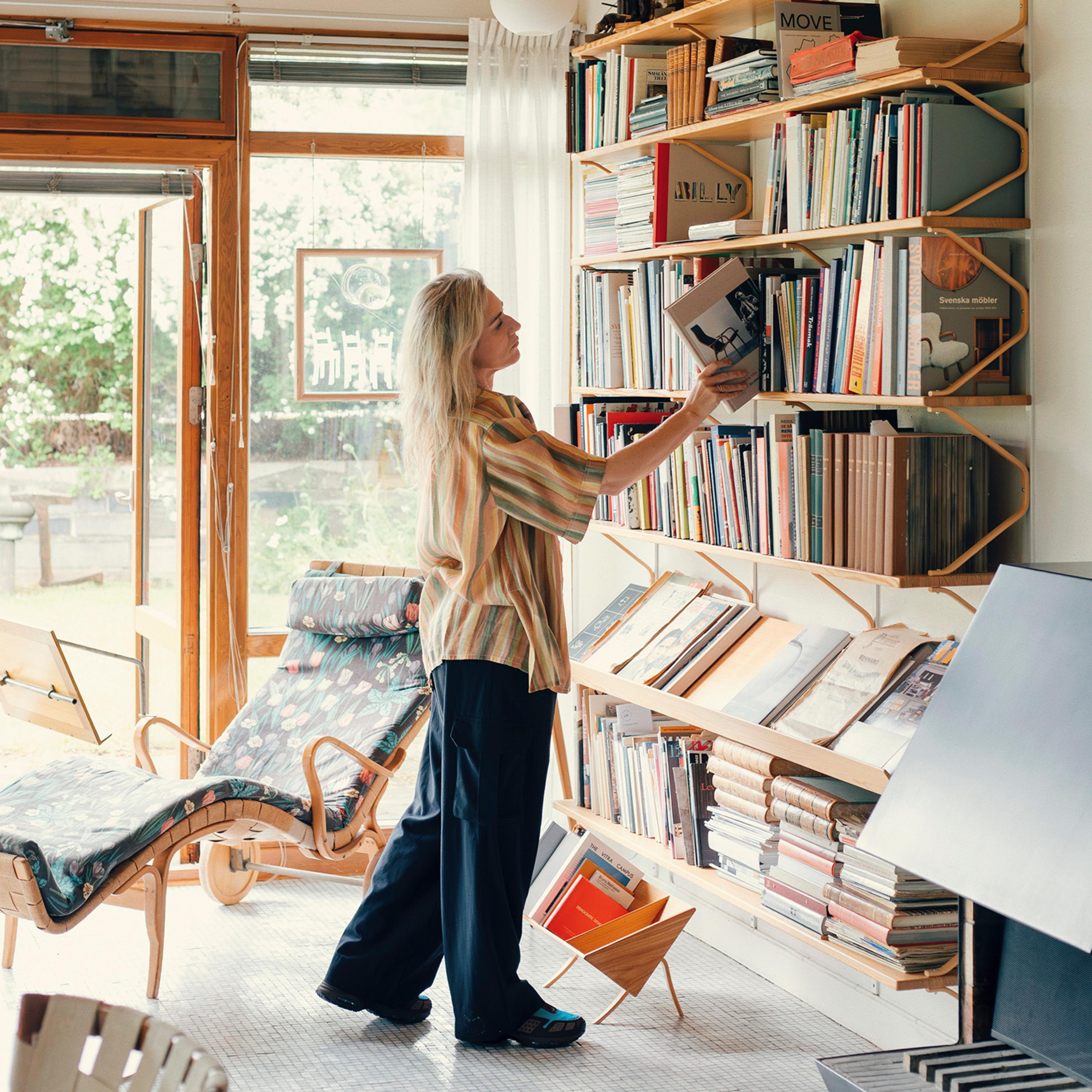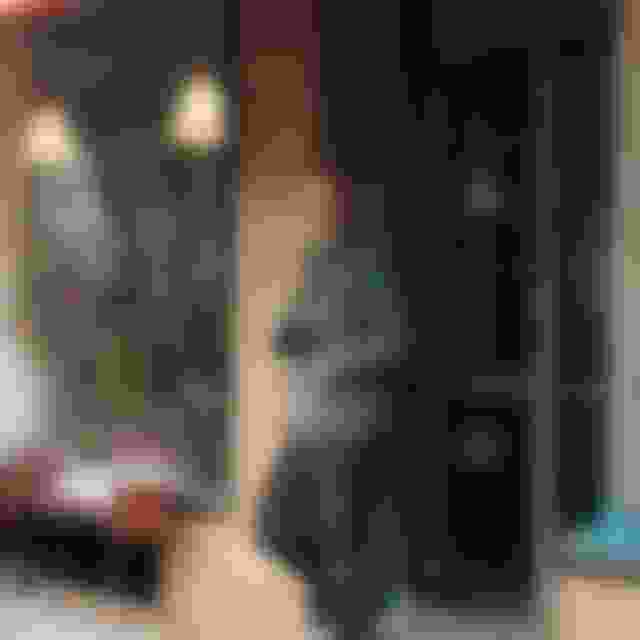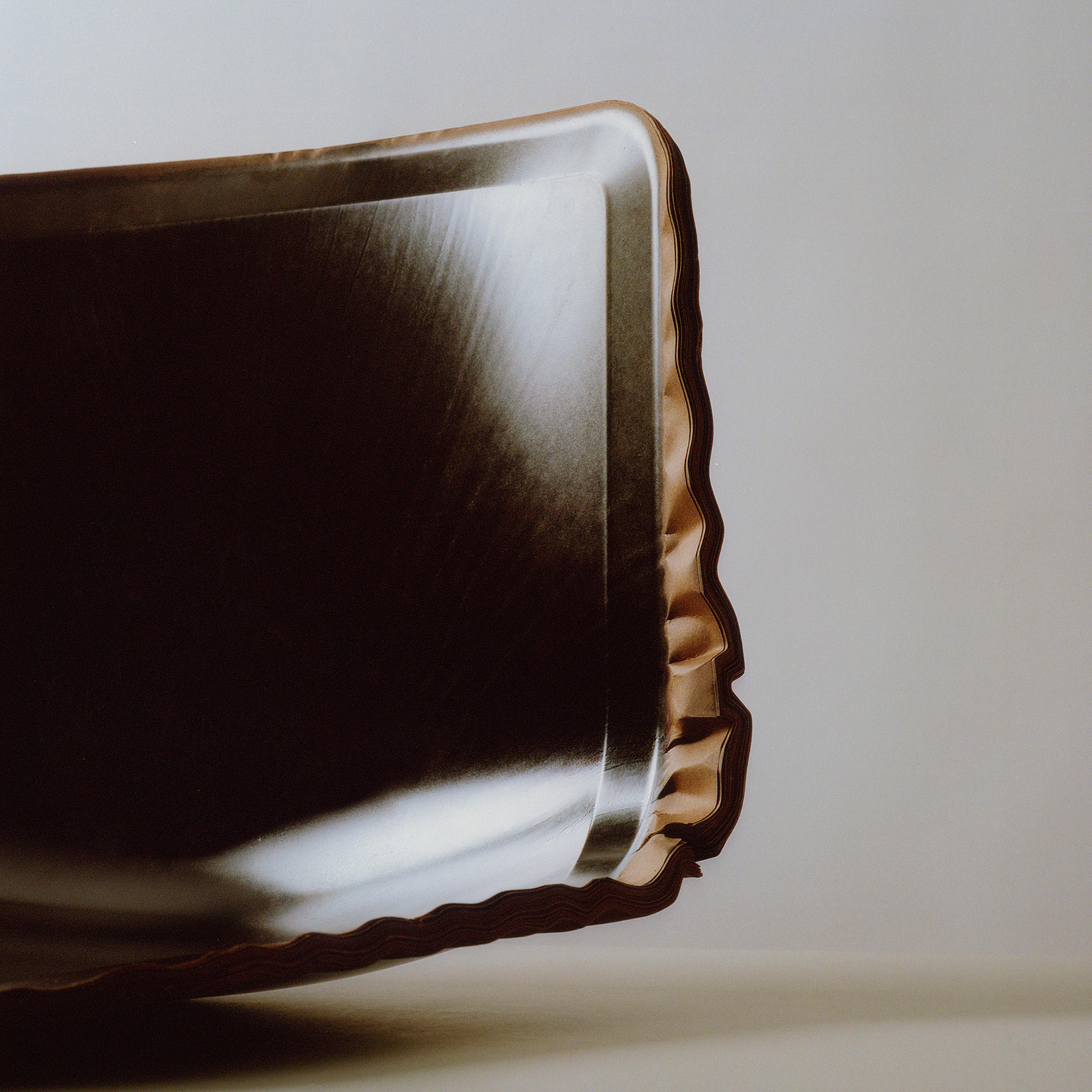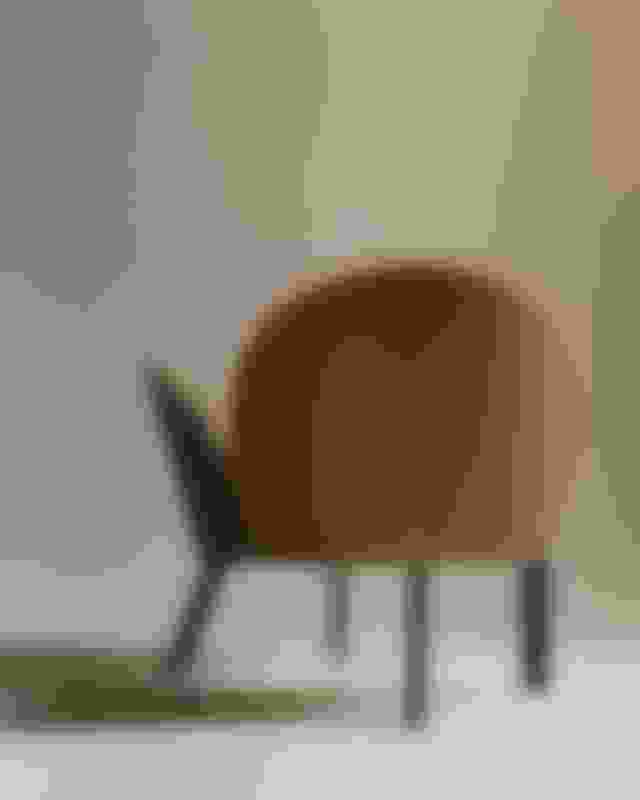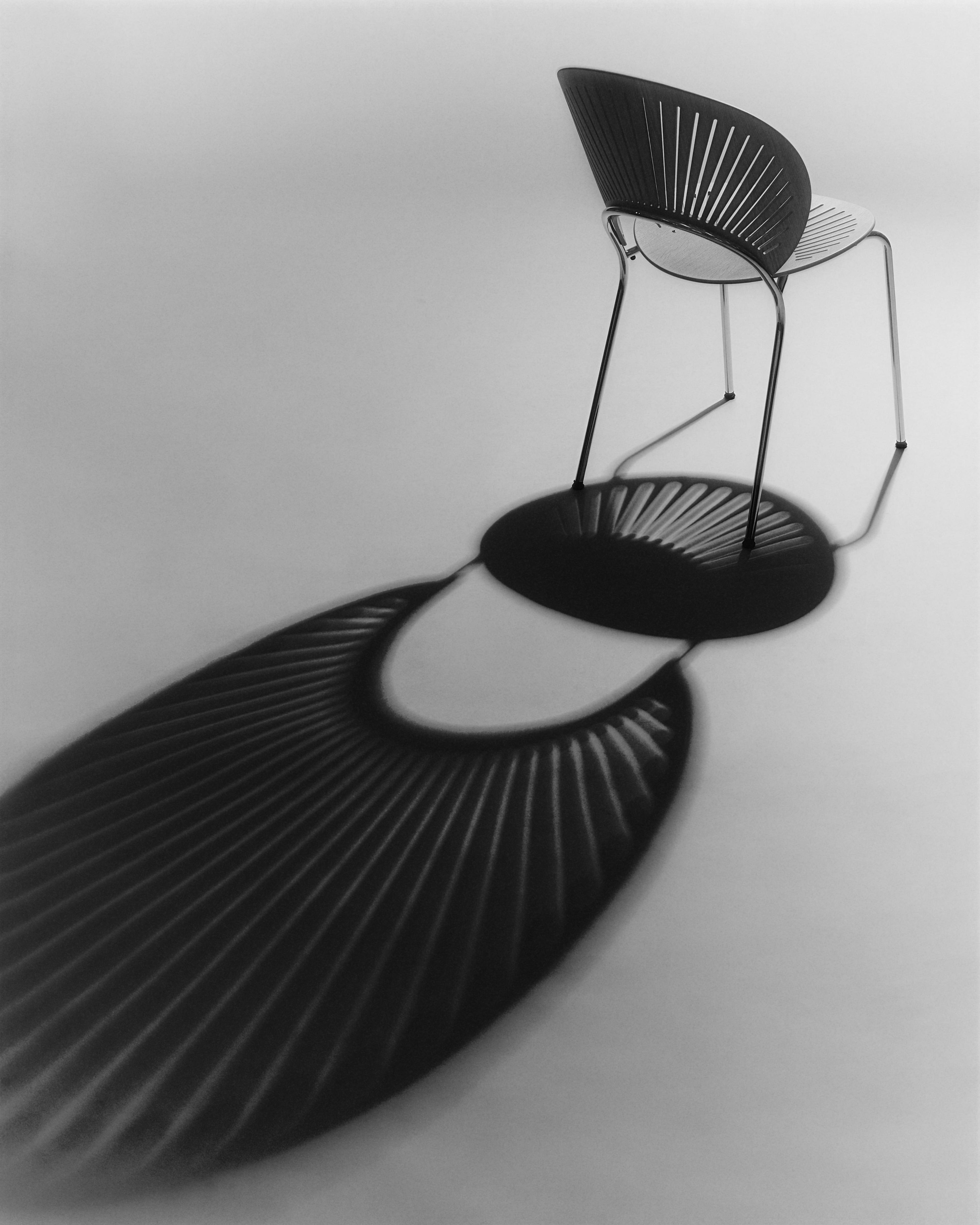Design in Transition
The story of Fredericia and The Cabinetmakers’ Autumn Exhibition.
Every generation of designers needs a place where ideas can be tested, and where craftsmanship and curiosity meet. From the pioneering exhibitions of the Cabinetmakers’ Guild in the 1940s and ’50s to today’s The Cabinetmakers’ Autumn Exhibition (Snedkernes Efterårsudstilling, SE), experimentation has been a driving force in Danish design. From the very beginning, Fredericia has cultivated a spirit of collaboration between designers and craftspeople. As part of Denmark’s most pivotal platform for experimental design since its inception in 1981, the company continues to support bold visions, on many occasions turning them into enduring classics.
What began in 1927 as the Cabinetmakers’ Guild’s annual showcase quickly became a defining cultural force. Each year, master cabinetmakers joined forces with architects and designers to present visionary prototypes, charting the development of modern Danish furniture. Names like Hans Wegner, Børge Mogensen, Kaare Klint and Finn Juhl were frequently featured.
Many of the pieces we now consider key to both Denmark’s design heritage and Fredericia’s collection – The Hunting Chair, The Spanish Chair, The Spoke-Back Sofa, and the 1788 Easy Chair, all seminal works by Mogensen and Wegner – first saw the light of day at those exhibitions.
When the Cabinetmakers’ Guild Exhibition closed in the mid-1960s, the baton was later picked up by The Cabinetmakers’ Autumn Exhibition, founded in 1981. The ethos remained the same: to give designers the freedom to experiment, backed by workshops and patrons who believed in supporting ideas at their most fragile and ambitious stage. Fredericia has been there since the beginning, recognising the importance of an experimental arena for the evolution of design.


“ The story of SE is, in many ways, the story of how we have succeeded in renewing and further developing the remarkable design tradition that we are so fortunate to be part of. ”
Owner of Fredericia and former chairman of SE, Thomas Graversen
Classics born at The Cabinetmakers’ Autumn Exhibition
Over the decades, Fredericia’s collaborations at The Cabinetmakers’ Autumn Exhibition have resulted in pieces that would go on to define their era. In 1989, Nanna Ditzel presented her Bench for Two — a poetic bench for two that embodied her sense of intimacy and play. It was recently brought back into production, finding a new audience and pertinence in a contemporary context. Just four years later, Ditzel introduced the prototype for one of her most striking designs, Trinidad Chair (1993), whose rhythmic, laser-cut shell brought a novel lightness and ornament to the typology of the dining chair.
Both were produced in collaboration with other workshops, but later found their home with Fredericia. The designs remain integral to the company’s collection and to Danish design history.
1 of 3
More than an exhibition
This is a testament to the exhibition’s ability to showcase new ideas relevant to the industry as a whole. “The story of SE is, in many ways, the story of how we have succeeded in renewing and further developing the remarkable design tradition that we are so fortunate to be part of. Beyond being a platform for showcasing design, SE is also a network where the industry can meet and engage with the vibrant community of designers on which a healthy environment for Danish furniture design depends,” says owner of Fredericia and former chairman of The Cabinetmakers’ Autumn Exhibition, Thomas Graversen. He emphasises the importance of a collaboration between designer and industrial producer led by artistic ambition rather than immediate commercial viability. More than once, as is the case with Ditzel’s Trinidad Chair, a deeply artistic idea ends up striking an emotional chord with the masses.
Other milestones include Hans Sandgren Jakobsen’s Gallery Stool (1998), a sculptural stool praised for its elegance and practicality, and Cecilie Manz’s Mikado Table (2004), which distilled balance and proportion into a deceptively simple form. Each began as a bold experiment at The Cabinetmakers’ Autumn Exhibition, nurtured and realised in collaboration with the craftspeople at Fredericia’s workshops, before finding a lasting place in production.
These stories reveal the unique power of The Cabinetmakers’ Autumn Exhibition. It is not merely an exhibition, but a space where designers can take risks, where patrons provide support, and where prototypes can mature into pieces that enrich everyday life. Each year is a document, a litmus test, and an invitation to the public to discover exactly what concerns and moves Danish designers across generations right now.


Transformation is key
The theme of this year’s Cabinetmakers’ Autumn Exhibition, Transformation, comes with a particular sense of urgency. It calls on designers to reimagine how furniture adapts — to smaller living spaces, flexible environments, and changing rituals and conditions of life.
For the 2025 edition of the exhibition, Fredericia is proud to collaborate with two Copenhagen-based designers: Danish Lærke Ryom and British Daniel Schofield. Both represent a new generation of voices and viewpoints, building on Fredericia’s legacy of supporting experimental design by matching it with the possibilities embedded in skilled craftsmanship.
1 of 2
For Years To Come
The long-standing Cabinetmakers’ Guild Exhibition, along with the more experimental Autumn Exhibition that follows, has enriched Fredericia’s collection with exceptional design pieces, each offering a unique perspective and highlighting the ongoing dialogue between tradition, innovation, and timeless craftsmanship.
1 of 6
